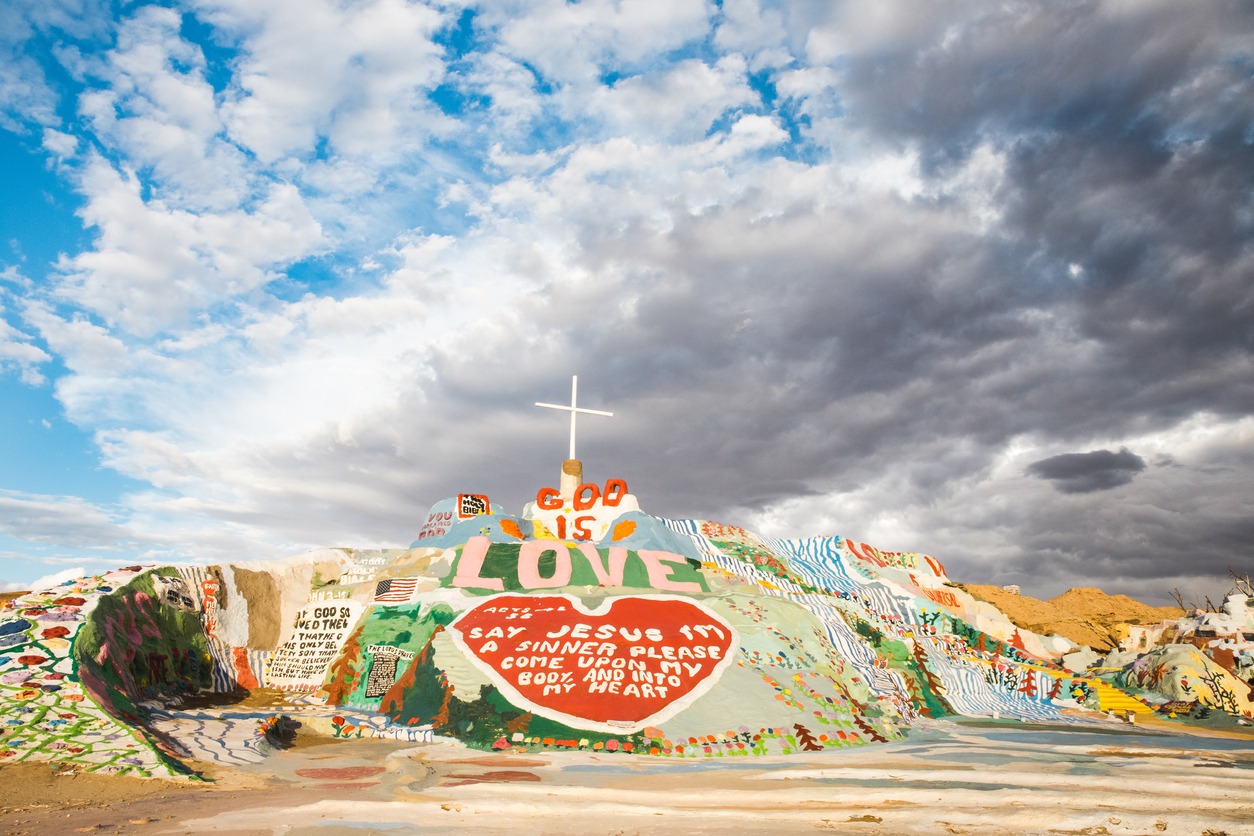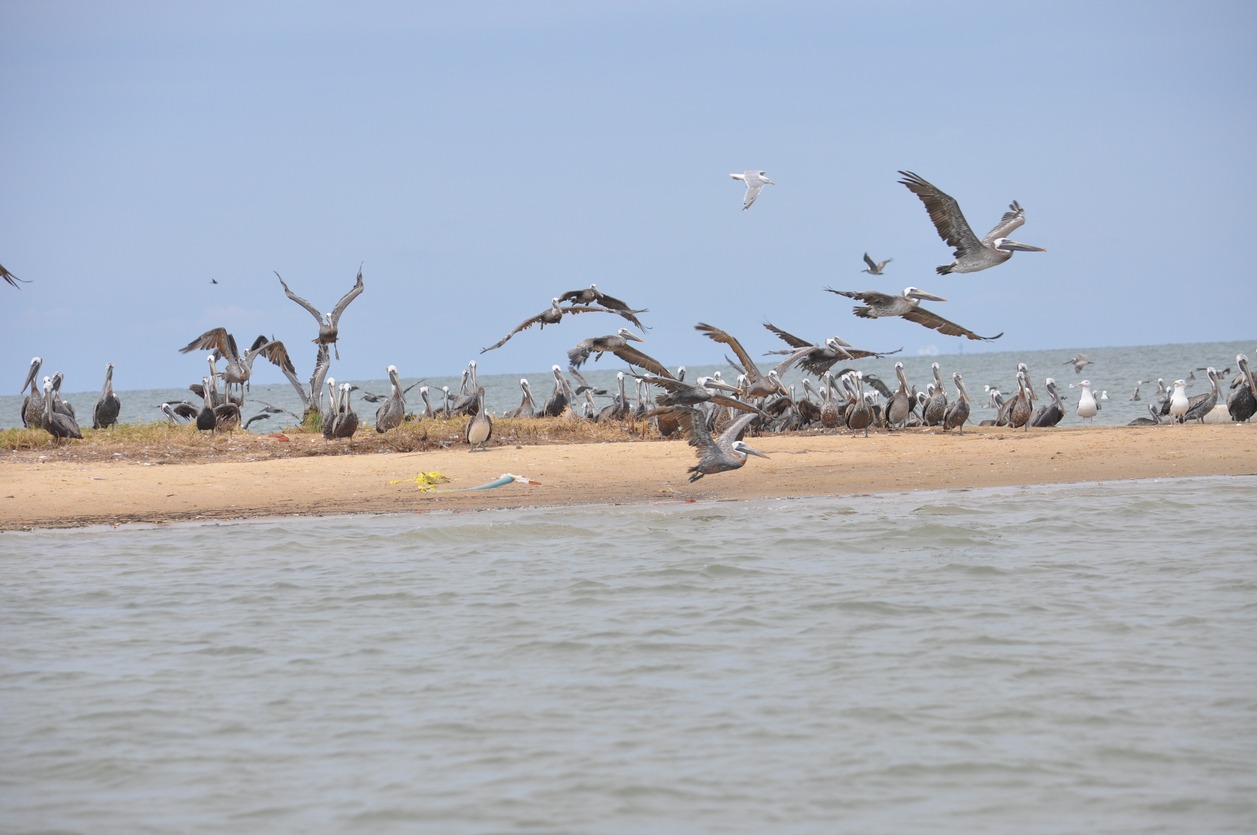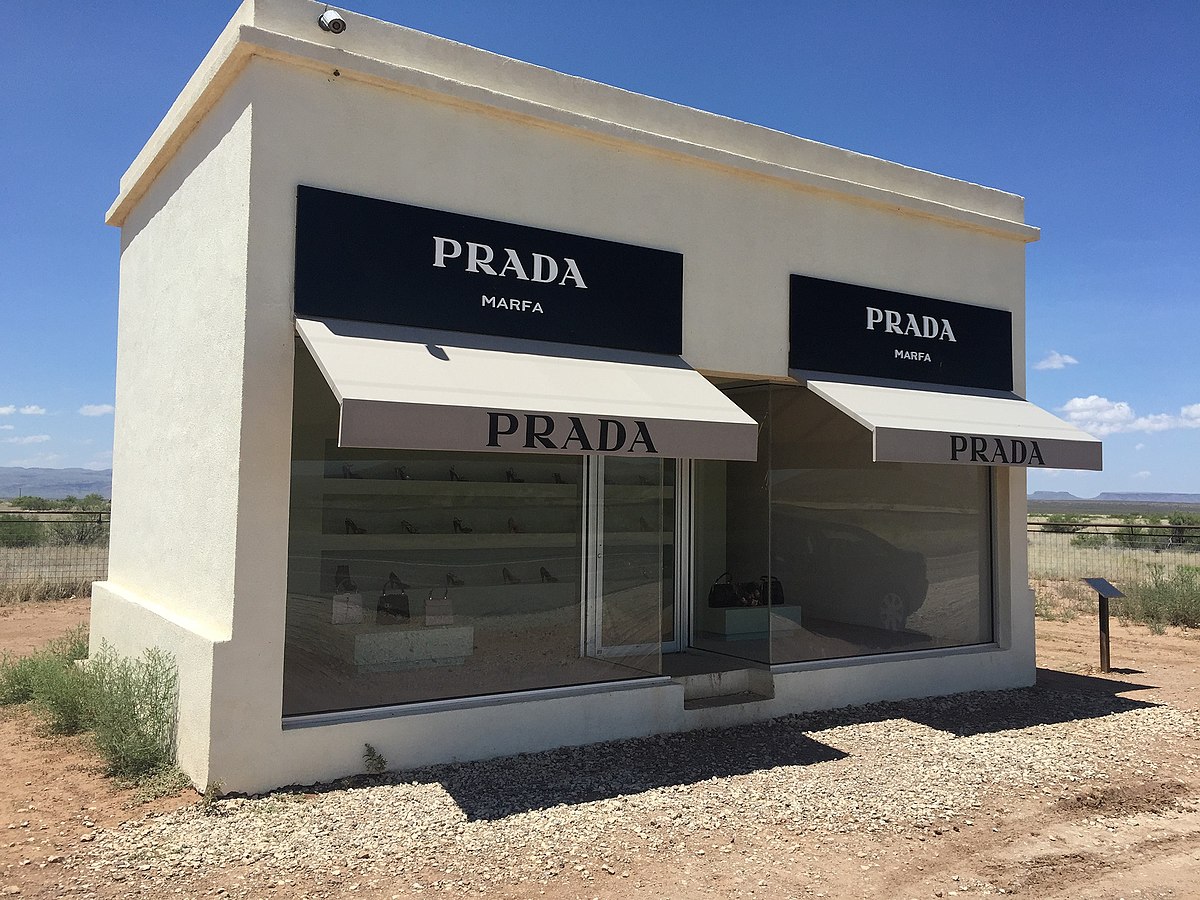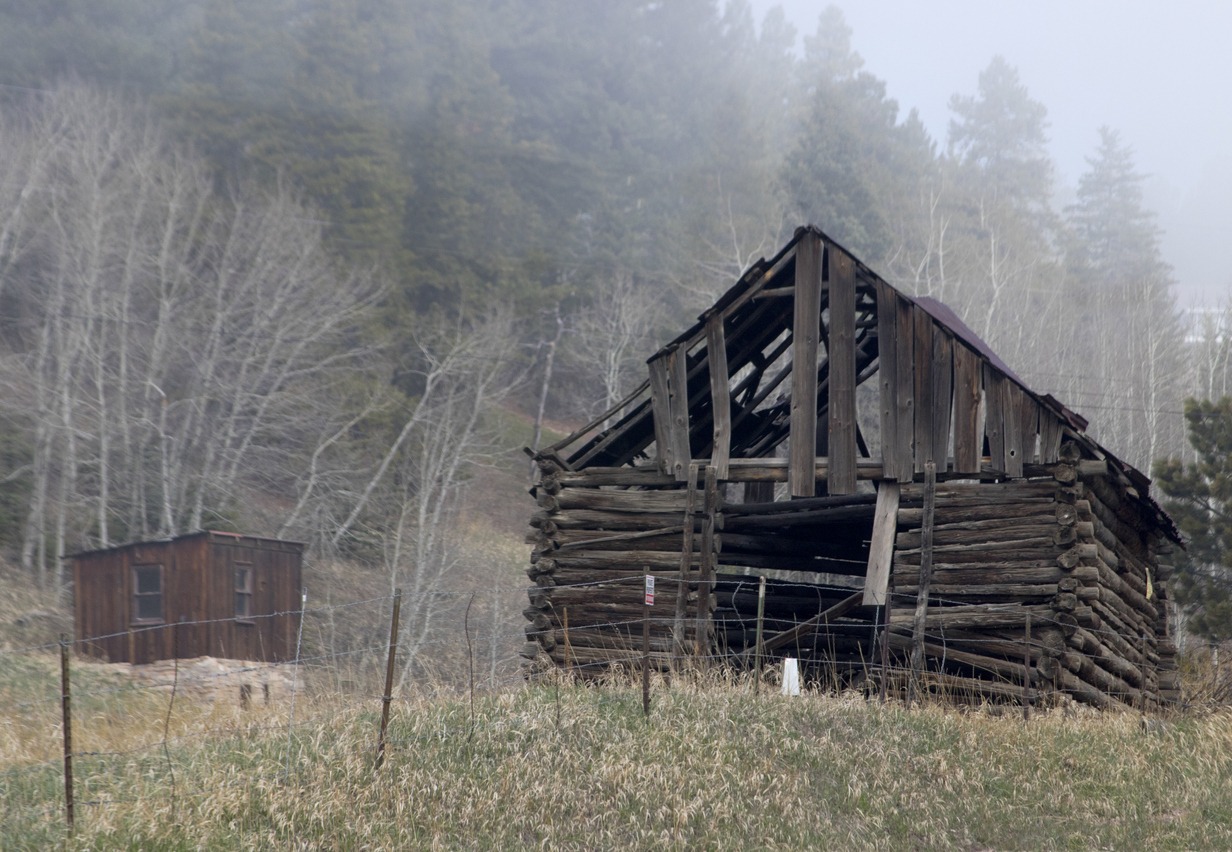In the vast tapestry of the American landscape, hidden amidst the bustling cities and serene rural areas, lie the silent, eerie remnants of forgotten times – America’s strange and abandoned places. These haunting locales, once brimming with life and activity, now stand as timeless monuments to days gone by.
But what draws us to these forsaken corners of the country? Is it the allure of uncovering hidden histories, the thrill of experiencing a place frozen in time, or the eerie beauty found in decay? As we embark on this journey through America’s most captivating abandoned places, we delve into the mysteries and tales that these locations whisper in the hush of their abandonment.
Join us as we explore these relics of the past, each with its unique story of rise, glory, and eventual descent into silence. From the hauntingly beautiful to the spine-chillingly eerie, these forgotten places offer a view into a world that once was, and in their desolation, they tell tales of times and lives that echo through the ages.
Casa Grande Domes, Arizona
In the heart of the Arizona desert, just outside the small town of Casa Grande, lie the peculiar and haunting structures known as the Casa Grande Domes. Constructed in the early 1980s, these domes were originally intended to be the manufacturing site for a computer circuit board factory, but the project was abruptly abandoned, leaving the structures to the mercy of the harsh desert elements.
The domes, with their unique and futuristic design, consist of several interconnected spaces, each characterized by its distinct, igloo-like shape. Their construction, utilizing a revolutionary technique involving inflating giant balloons and coating them with concrete, was as innovative as it was unorthodox, marking the domes as a symbol of a technological dream that never came to fruition.
Over the years, the Casa Grande Domes have become the subject of fascination and speculation, gaining a reputation for being haunted. This is partly due to their eerie appearance and partly due to the numerous reports of strange noises and eerie echoes that resonate within their walls. The desolate location, combined with the natural acoustics of the dome’s architecture, creates an unsettling atmosphere that has attracted thrill-seekers and paranormal enthusiasts from all over. Despite the lack of concrete evidence of supernatural occurrences, the domes have been featured in various ghost-hunting television shows and local folklore.
Murphy’s Ranch, Santa Monica
Murphy’s Ranch, nestled in the rustic landscape of Rustic Canyon in Santa Monica, California, is a site shrouded in mystery and dark history. Originally built in the 1930s, the ranch was purportedly designed to serve as a self-sustaining stronghold for Nazi sympathizers anticipating a potential fall of the United States to the Third Reich.
Spearheaded by Winona and Norman Stephens, who were influenced by a mysterious German man known only as Herr Schmidt, the compound was equipped with a water storage tank, a power plant, and a bomb shelter. The sprawling estate, accentuated by lush gardens and concrete structures, was imagined as a fortress capable of withstanding any siege, reflecting the intense paranoia and extremist beliefs of its creators.
However, the dream of Murphy’s Ranch was short-lived. After the attack on Pearl Harbor in 1941, the authorities raided the compound, detaining its inhabitants and signaling the end of its association with the Nazi movement. After the war, the ranch passed through various hands, serving different purposes, including an artists’ colony in the 1960s and 70s.
Today, the remnants of Murphy’s Ranch are a haunting reminder of a bizarre and unsettling episode in American history. The rusting gates, graffiti-covered ruins, and dilapidated structures have become a curious attraction for hikers and history buffs.
Slab City, California

Slab City, often referred to as “The Last Free Place in America,” is an off-the-grid community located in the Sonoran Desert in southeastern California. It sits on the abandoned grounds of Marine Corps Base Camp Dunlap, and its name is derived from the concrete slabs that remain from the dismantled military base.
This unincorporated, makeshift community has no official electricity, running water, sewers, or trash collection services, attracting a diverse array of residents and visitors who seek an alternative, counter-cultural lifestyle away from the constraints of conventional society. Slab City is populated by a fluctuating mix of snowbirds, artists, migrants, retirees, and others who prefer to live outside the norms, often in improvised dwellings, including old RVs, buses, and makeshift structures.
The community is renowned for its artistic expression and freedom, with one of its most famous landmarks being Salvation Mountain, a large, colorful art installation created by Leonard Knight. This visionary environment is covered in Christian messages and is crafted from adobe, straw, and thousands of gallons of lead-free paint. Slab City also hosts the East Jesus art installation, an ever-evolving outdoor gallery showcasing a wide range of artwork and sculptures made from recycled materials.
Despite its lack of modern amenities, Slab City has a unique charm and sense of community, with its residents organizing events and amenities such as an open-air music stage, a library, and communal spaces. It embodies a spirit of resilience and creativity, offering a stark contrast to the consumer-driven lifestyle that characterizes much of contemporary American society.
Holland Island, Maryland

Holland Island, once a vibrant fishing community in the Chesapeake Bay in Maryland, USA, now stands as a poignant symbol of nature’s relentless forces. Established in the 1600s, the island flourished in the 19th century, reaching its peak population in the 1910s with over 360 residents. It was a self-sustaining community boasting homes, shops, a school, and a church, primarily supported by the oyster industry.
The residents of Holland Island lived a life deeply intertwined with the rhythms of the bay, their daily existence marked by the ebb and flow of the tides and the bounty they brought. However, this harmony was gradually disrupted as the island began to succumb to the forces of erosion and rising sea levels.
By the early 20th century, Holland Island’s fate was sealed as it faced increasingly severe erosion, attributed to a combination of natural weather patterns and the long-term effects of overharvesting in the Chesapeake Bay, which destabilized the area’s ecology. Despite efforts by the residents to preserve the island, including attempts to build stone walls to keep the water at bay, the land continued to recede at an alarming rate.
By the 1920s, the residents began to abandon the island, relocating their houses to the mainland. The last house collapsed into the bay in 2010, leaving Holland Island as a haunting reminder of the transient nature of human settlements. Today, what remains of Holland Island is a few acres of marshland, frequented by birds and the occasional adventurous kayaker, its story serving as a testament to the power of nature and a warning about environmental change.
Prada Marfa, West Texas

The Prada Marfa installation, often mistaken for an abandoned store, is, in fact, a permanent art installation located off U.S. Highway 90 in the desolate landscape near Marfa in West Texas. Created in 2005 by artists Elmgreen and Dragset, this installation is designed to mimic a Prada boutique. However, it’s not a functioning store; it’s a sculpture intended as a critique of luxury consumerism and the commercialization of rural landscapes.
The building, minimalist in style, is adorned with the Prada logo and filled with real Prada shoes and handbags, selected and provided by Miuccia Prada herself from the fall/winter 2005 collection. The items inside, while authentic, are without bottoms or right-footed pairs to deter theft.
Despite its remote location, Prada Marfa quickly became a cultural phenomenon and an iconic roadside attraction, drawing visitors from around the globe. It has survived vandalism and theft attempts, including a break-in just days after its inauguration where thieves stole handbags and shoes, leading to the installation being fortified and the items inside being replaced with non-functional versions.
The installation, isolated in the vast Texas desert, stands in stark contrast to its surroundings, serving as a striking statement on the intersection of art, culture, and consumerism. Over the years, it has been featured in various media, becoming a symbol of the fusion of high art and high fashion in an unexpected, desolate setting. Its endurance and the intrigue it continues to generate speak to the power of art in challenging our perceptions of value and location.
The Strange Black House on Howard’s Knob, North Carolina
The mysterious black house on Howard’s Knob in Boone, North Carolina, has long been the subject of local intrigue and urban legends. Perched high on the mountain, overlooking the town, this unique residence was once the home of an artist known for his unconventional lifestyle and artistic expression.
Painted entirely black, the house stands out starkly against the lush green backdrop of the Appalachian Mountains, drawing the attention and curiosity of residents and visitors alike. The choice of the color black, often associated with mystery and the unconventional, added an aura of mystery to the house and its inhabitants, fueling various local tales and rumors about its history and the lifestyle of the artist.
The house was abandoned after the former owner was sent to prison. It now sits vacant, with the front doors chained and locked. It is also in shambles after break-ins, many wild parties, and frequent vandalism. The house, with its striking appearance and the stories it inspired, has become a part of the cultural fabric of Boone, illustrating how architecture and personal expression can leave a lasting impression on a community’s collective imagination.
Conclusion
As we draw the curtains on our exploration of America’s strange and abandoned places, it becomes evident that these locations are more than mere relics of the past. They are storytellers, standing as silent witnesses to the ebbs and flows of history, culture, and human endeavor. From the enigmatic Prada Marfa in the desolate Texan desert to the hauntingly beautiful black house on Howard’s Knob, each site offers a unique window into a world that once was, inviting us to ponder the impermanence of human creations against the relentless march of time.
These places, in their decay and abandonment, have gained new life as sources of inspiration, curiosity, and even introspection. They remind us of the intricate tapestry of stories that make up the American landscape, each thread woven with the dreams, aspirations, and, sometimes, the oddities of those who came before us.
As adventurers, historians, or simply curious souls, our fascination with these strange and abandoned places is a testament to our enduring quest to understand our past and the ever-changing world around us. In their silence, these places speak volumes, urging us to explore, to discover, and to remember.

